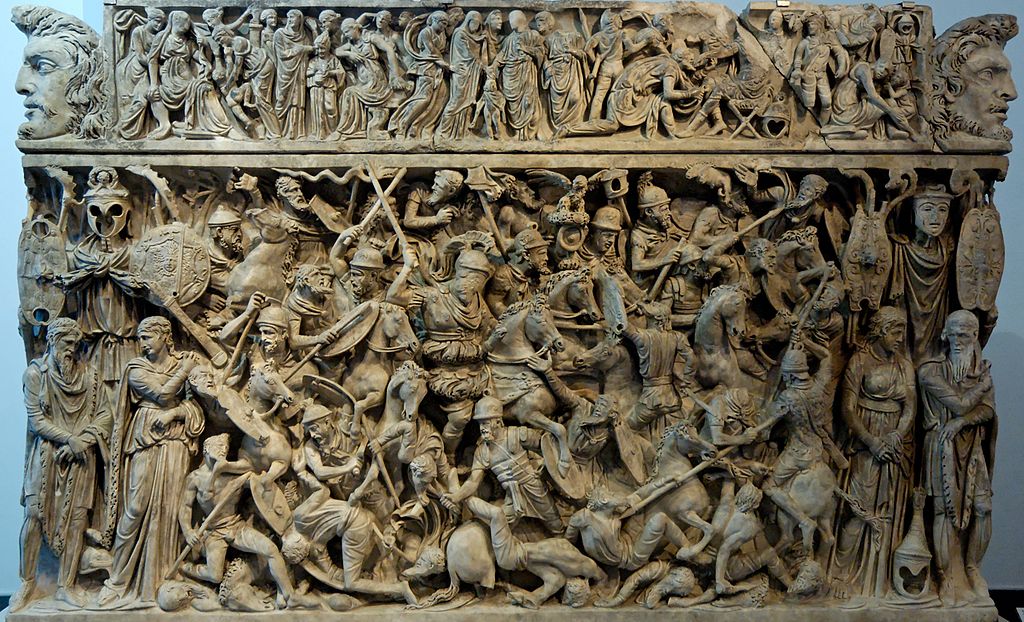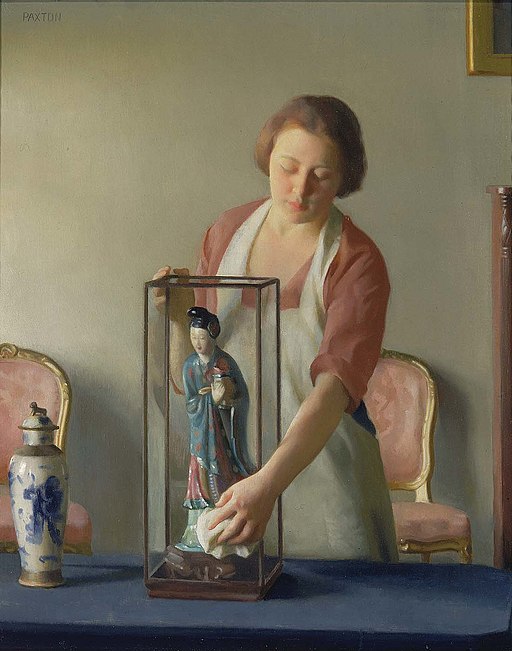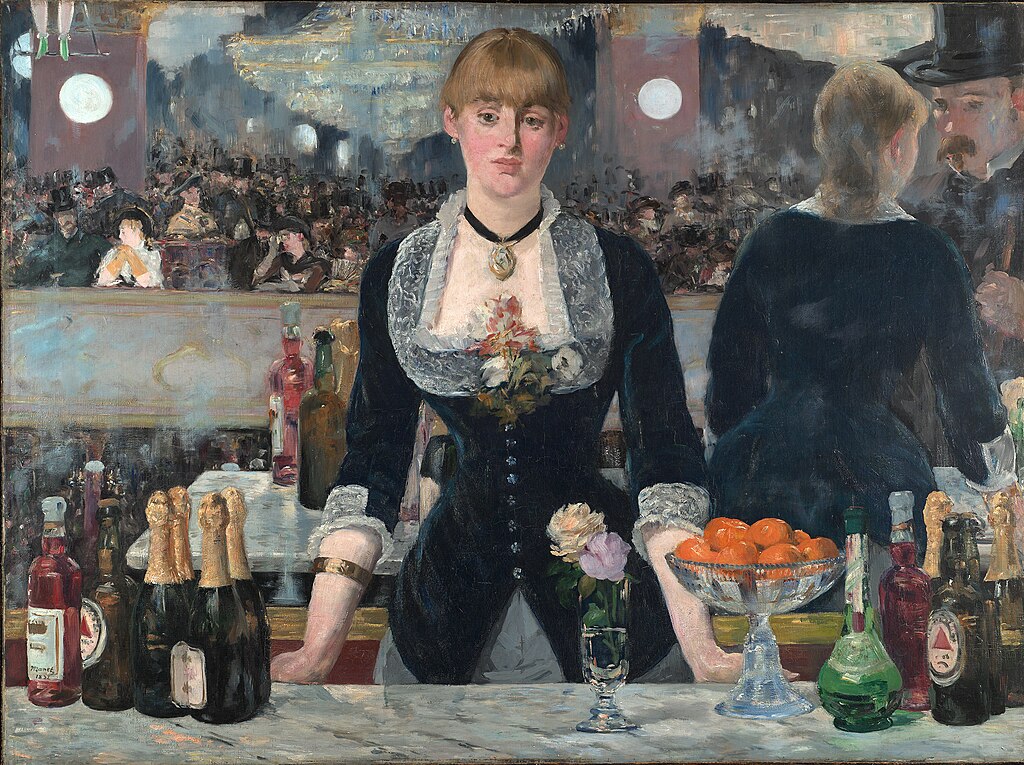
“Saint Michael and the Dragon” by the Sienese School of the 14th century, is a mystical masterpiece depicting a miraculous event in dreamlike coloration. Saint Michael the Archangel is referenced in the Old Testament and has been part of Christian teachings since the earliest times.
Saint Michael acted as the defender of the Church and chief opponent of Satan; and assists souls at the hour of death. Saint Michael fighting the Dragon is part of an Apocalypse as related in the Book of Apocalypse or Revelation of St. John.
“Then war broke out in heaven; Michael and his angels battled against the dragon.
The dragon and its angels fought back, but they did not prevail,
and there was no longer any place for them in heaven.
The huge dragon, the ancient serpent, who is called the Devil and Satan,
who deceived the world, was thrown down to earth,
and its angels were thrown down with it.”(Rev. 12:7-9)
As the commander of the Army of God, Archangel Michael leads the other angels in the fight against evil, represented in this picture by a dragon. In this painting, Saint Michael is thrusting his spear into the dragon’s head.
Painted by the Sienese School of painting, which flourished in Siena, Italy between the 13th and 15th centuries and which for a time, rivaled the more naturalistic Florentine art.
Siena today remains a remarkably well-preserved Italian late-Medieval town.
Saint Michael the Archangel
Michael is an archangel in Judaism, Christianity, and Islam. Michael is mentioned three times in the Book of Daniel. T
he idea that Michael was the advocate of the Jews became so prevalent that, in spite of the rabbinical prohibition against appealing to angels as intermediaries, Michael came to occupy a specific place in the Jewish liturgy.
In the New Testament Michael leads God’s armies against Satan’s forces in the Book of Revelation, where during the war in heaven, he defeats Satan.
Catholic sanctuaries to Michael appeared in the 4th century, when he was first seen as a healing angel, and then over time as a protector and the leader of the army of God against the forces of evil.
In the Orthodox religions, he is called “Saint Michael the Taxiarch.” Taxiarch, in the Greek language, means “brigadier.”
In Greek Orthodox Church usage, the term is also applied to the Archangels Michael and Gabriel, as leaders of the heavenly host, and several locations in Greece are named after them.
Michael is one of the two archangels mentioned in the Quran, alongside Jibrail (Gabriel). In the Quran, Michael is mentioned in Sura 2:98:
“Whoever is an enemy to God, and His angels and His messengers, and Jibrail and Mikhail! Then, God (Himself) is an enemy to the disbelievers.”
In many Christian art depictions, Michael is represented as an angelic warrior, fully armed with helmet, sword, and shield. He may be standing over a serpent, a dragon, or the defeated figure of Satan, whom he sometimes pierces with a lance.
The iconography of Michael slaying a serpent goes back to the early 4th century when Emperor Constantine defeated Licinius at the Battle of Adrianople in 324 AD.
Constantine felt that Licinius was an agent of Satan, and associated him with the serpent described in the Book of Revelation.
After the victory, Constantine commissioned a depiction of himself and his sons slaying Licinius represented as a serpent.
Similar paintings, with the Archangel Michael himself slaying a serpent then became a significant art theme and eventually leading to the standard iconography of Archangel Michael as a warrior saint.
“Saint Michael and the Dragon” by the Sienese School
- Title: Saint Michael and the Dragon
- Artist: Sienese School
- Year: 14th century
- Medium: Tempera on panel
- Museum: National Museum of Western Art, Tokyo
Sienese School Art
Highlights of the National Museum of Western Art
- “The Burghers of Calais” by Auguste Rodin
- “Water Lilies” by Claude Monet
- “Saint Michael and the Dragon” by Sienese School
Proto-Renaissance art: Siena
St Michael defeats the devil in Renaissance Spain
~~~
“Above all, Saint Michael told me that I must be a good child and that God would help me.”
– Saint Joan of Arc
~~~
Photo Credit: JOM
Popular this Week








 Sponsor your Favorite Page
Sponsor your Favorite Page SEARCH Search for: Search Follow UsJoin – The JOM Membership Program
Sponsor a Masterpiece with YOUR NAME CHOICE for $5
Share this:
- Tweet
